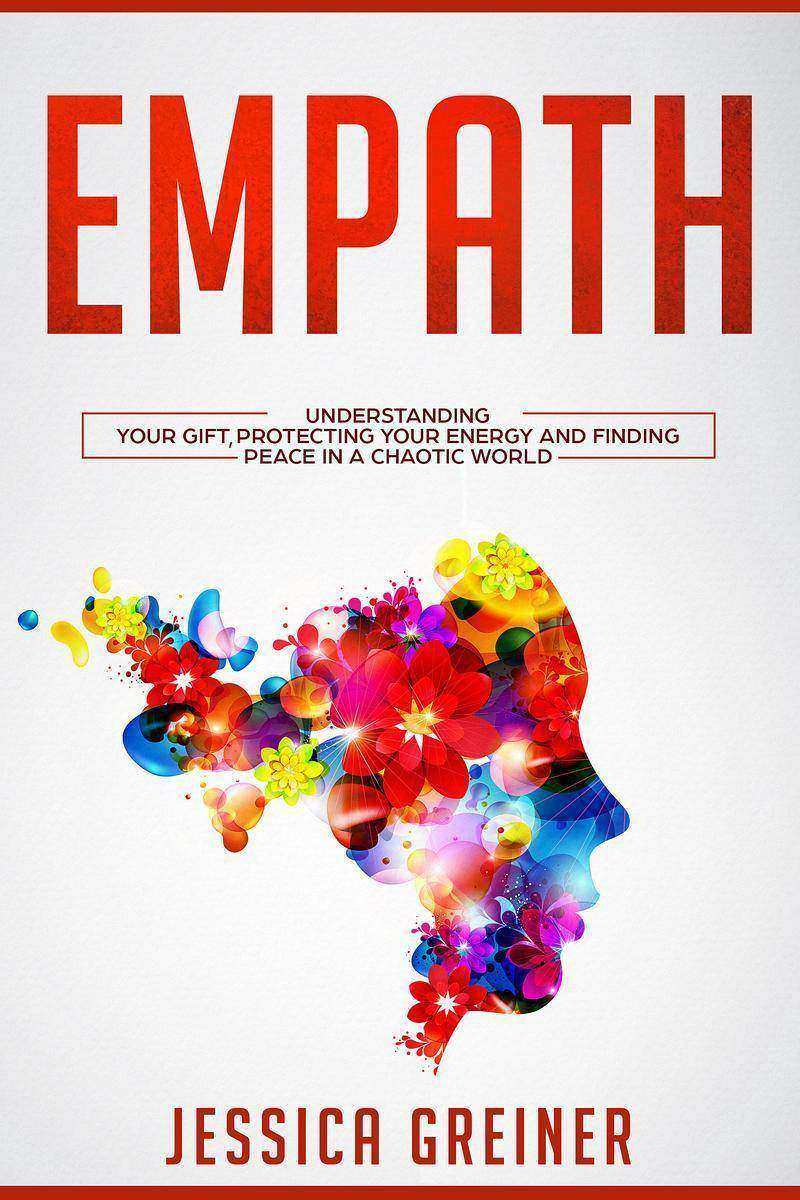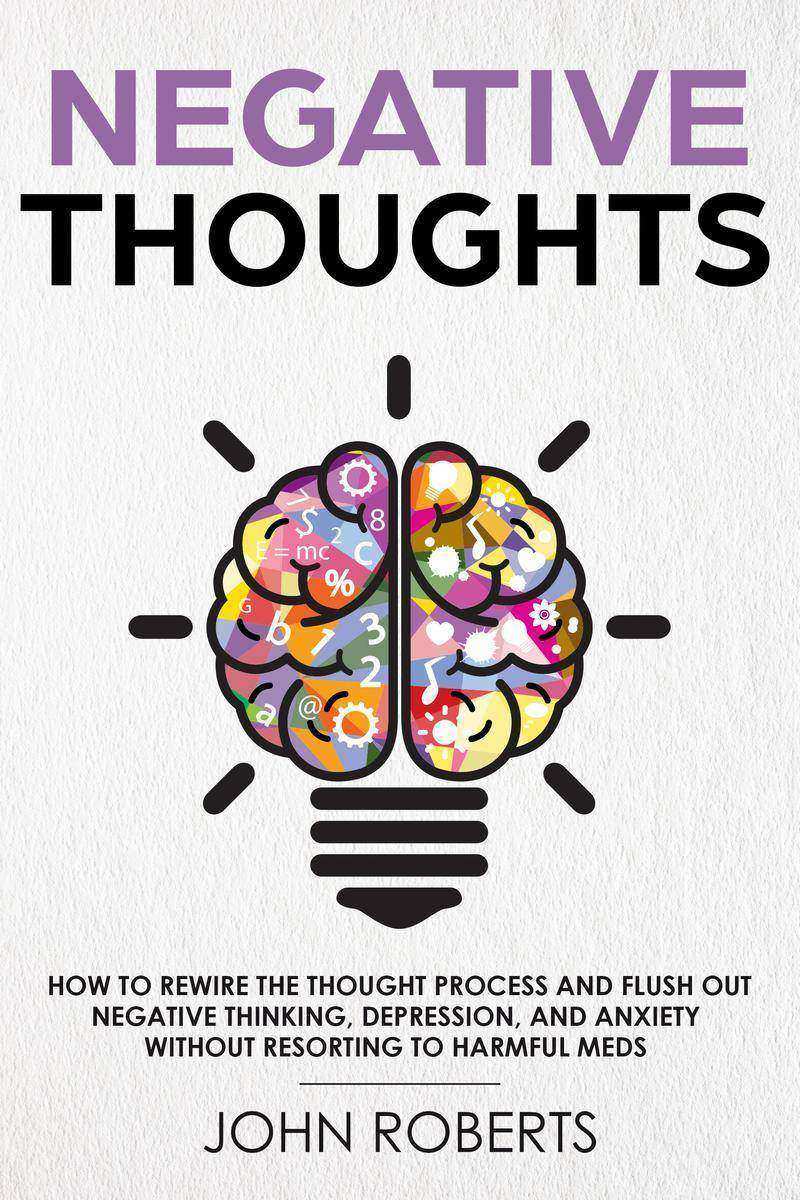
Develop Insane Self Confidence and Naturally Unleash The Supermodel Within
¥24.44
Develop Insane Self Confidence and Naturally Unleash The Supermodel Within

The Sex Worship and Symbolism of Primitive Races
¥24.44
The Sex Worship and Symbolism of Primitive Races

EQ Genius: Mastering Emotional Intelligence
¥24.44
EQ Genius: Mastering Emotional Intelligence

Using the Laws Of Attraction in Sex, Love, Dating & Relationships: Exploit LOA t
¥24.44
Using the Laws Of Attraction in Sex, Love, Dating & Relationships: Exploit LOA to get what you want!

The Easy Anti Inflammatory Diet Cookbook
¥24.44
The Easy Anti Inflammatory Diet Cookbook

Pushing The Happiness Button: Using Psychology To Be Happy Even When You're Not
¥24.44
Pushing The Happiness Button: Using Psychology To Be Happy Even When You're Not

Self Mastery Through Conscious Autosuggestion
¥24.44
Self Mastery Through Conscious Autosuggestion

The Memory Management and Development Bible : Memory Aids For Fixing And Enhanci
¥24.44
The Memory Management and Development Bible : Memory Aids For Fixing And Enhancing Memory!

Running for My Life
¥24.44
Running for My Life

Yoga for Complete Beginners
¥24.44
Yoga for Complete Beginners

Sanity Savers: 9 strategies for enjoying life for men living alone
¥24.44
Sanity Savers: 9 strategies for enjoying life for men living alone

Mediterranean Diet: Step By Step Guide And Proven Recipes For Smart Eating And W
¥24.44
Mediterranean Diet: Step By Step Guide And Proven Recipes For Smart Eating And Weight Loss

Empath: Understanding Your Gift, Protecting your Energy and Finding Peace in a C
¥24.44
Empath: Understanding Your Gift, Protecting your Energy and Finding Peace in a Chaotic World

Introvert: How to Boost Confidence and Overcome Social Anxiety
¥24.44
Introvert: How to Boost Confidence and Overcome Social Anxiety

Hatha Yoga Pradipika
¥24.44
Hatha Yoga Pradipika is among the most influential surviving texts on hatha yoga. The text describes asanas, purifying practices, shatkarma, mudras, finger and hand positions, bandhas, locks, and pranayama, breath exercises. The book explains the purpose of Hatha Yoga, the awakening of subtle energy kundalini, advancement to Raja Yoga, and the experience of deep meditative absorption known as samadhi.

Yoga Lessons
¥24.44
Student! Your life is your own. You have only yourself to thank for what you are, have been and will be. Take your present into your own hand. Consciously shape out of it your future. Direct your forces along lines of study and endeavour that have the strongest attraction for you. Such attraction is the indication of need. It is the hand pointing out your Life-purpose.

Yoga Introduction
¥24.44
These lectures are intended to give an outline of Yoga, in order to prepare the student to take up, for practical purposes, the Yoga sutras of Patanjali, the chief treatise on Yoga. I have on hand, with my friend Bhagavan Das as collaborateur, a translation of these Sutras, with Vyasa’s commentary, and a further commentary and elucidation written in the light of Theosophy. To prepare the student for the mastering of that more difficult task, these lectures were designed; hence the many references to Patanjali. They may, however, also serve to give to the ordinary lay reader some idea of the Science of sciences, and perhaps to allure a few towards its study.

Personality and Psychometric Testing For Business Resource Manual
¥24.44
Self help success

An Introduction To Healing
¥24.44
This book aims to answer the question How do I become a healerIt is a comprehensive explanation of spiritual healing, the aim being to inform, encourage and enlighten the reader. In easily understandable terms, the book describes the background of healing, how to tap into the universal energy and how to protect oneself. Spiritual healing is traditional in its origins and there continues to be an urgent need for it today. The complex and seemingly strange energies which spiritual healing involves are explained and terms such as energy , spirit and protection are demystified. Pat Smith, believes that anybody who wants to help others can become a healer and within this book she shows how.

Human Personality and Its Survival of Bodily Death
¥24.44
Human Personality and Its Survival of Bodily Death

Negative Thoughts
¥24.44
Negative Thoughts




 购物车
购物车 个人中心
个人中心



